Metal Detection Techniques
Metal Detection Techniques
When it comes to prospecting precious metals, a metal detector plays a crucial role. For the uninitiated, a metal detector is exactly what it sounds like an electronic device that detects the presence of nearby metals.
There is a wide range of detectors available on the market. However, they typically utilize two types of frequencies: Very Low Frequency (VLF) and Pulse Induction (PI). While a VLF device uses two coils working together, PI can use one or more coils in various ways.
As far as metal detecting is concerned, the key to your device’s optimal performance is to fine-tune and use it in proper ways. Below are four practical tips on using your instrument for successful metal prospecting.
Learn and control your metal detectors settings
As with any device, it’s important to know and understand the settings of your metal detector. As a rule of thumb, take the time to read the manual and absorb the instructions thoroughly. While you’re at it, carefully control the settings and try exploring your instrument. Who knows? Your device may actually have particular settings that will allow you to find your metal targets more efficiently.
Increase your metal detectors sensitivity setting
For the novices, know that increasing the metal detector’s sensitivity allows you to detect precious metals at greater depths. As long as your device is in the right circumstances, it will enable you to target certain metals you’re looking for. However, be wary as it may also alert you to less valuable metals you may not need in the first place.
Minimize your detector’s discrimination setting
It’s important to know that your metal detector may, at times, give you false readings for a handful of reasons. Such a case is possible when the discrimination level is set too high. It’s much better to minimize your discrimination setting and, from there, examine every signal closely and be on the lookout for a desirable metal target.
Put your metal detector close to the ground
When in the actual process of metal detecting, it’s best to put your detector close to the ground. You can do this by swinging your device’s coil to the ground at a certain depth. This tip may seem to be a basic consideration; however, many detectorists lose sight of this. Chances are that they pay more attention to their swinging motion than the nearness of the coils to the ground. If you truly want to hit your metal target, then it’s worth your effort in putting your detector as close to the ground as possible.
Common Mistakes People Make on Metal Detecting
One hobby that is becoming more and more popular is prospecting for gold using metal detectors. It is a relatively simple and inexpensive hobby that allows you to enjoy the beauty of nature while giving you a chance to make some money from precious finds.
While you might just be in the hobby for the fun walks, it still pays (literally) to avoid making mistakes. To help you with that, we have created this list of gold prospecting mistakes to avoid—all for a better experience with fewer obstacles. With no further ado, here they are:
Prospecting without permission
Make sure to look up the rules and regulations about prospecting and metal detecting in the area you plan to hunt in prior to making any plans. Prospectors might be required to obtain special permissions from the local authorities. If you’re detecting on private land, you will need permission from the owner as well. After all, you wouldn’t want your day hampered by a ticket for trespassing, a citation, or even an arrest.
Forgetting to bring the equipment
Other than your metal detector, you will need additional tools and equipment on your journey. The most obvious choice is a shovel of some kind, but keep in mind that there are different types of shovels for different types of earth. Sand, loose soil, or dry clay need varying shovel strengths. It might even be useful to bring a whole spade.
Tampering with artifacts
If you find any artifacts or antiques on your metal detecting trip, do not tamper with it or try to clean it until you’ve consulted an expert. In many cases, even just cleaning off the patina can significantly reduce an artifact’s value. If you find anything of note, make sure to bag it first and leave the processing, cleaning, and restoration to a professional.
Searching in the wrong place
Whether you’re prospecting for gold or historical artifacts, it is essential to understand where these objects are most often found. By studying the local history and the geological data, you might just be able to find something priceless. After all, the hobby is fun, but it might be even more fun if you find things.
Failing to track your progress
Anybody trying to find anything should carry a map. As they travel through the local area, they should mark and label any locations they’ve been in. Even if nothing was discovered in that location, it is still important to mark it, so you’re not exploring aimlessly. If you do find things, mark them on the map too; you might just end up discovering a trail or pattern in the discoveries!
Not carrying a pinpointer
A metal detector can find metal underground, but it can’t tell you how deep in the ground it is. A pinpointer, however, can. Without a pinpointer, you risk digging blindly into the earth. You might end up damaging whatever artifact is under the ground, ruining its potential value. With a pinpointer, you can avoid this and dig as gently as needed.
There’s a lot of fun in exploring or prospecting with a metal detector, but it certainly is better if your outings are productive. After all, wouldn’t it be utterly sublime to find some gold or a precious antique on your journey? Having a metal detector is just the first step; success could be the next with the right strategies.
Whether you’re a beginner or an experienced detectorist, it doesn’t entail much effort to make the most of your metal detector. As outlined above, all it takes is to learn your detector’s settings, increase its sensitivity, reduce its discrimination settings, and swing it close to the ground. With these simple yet practical tips and tricks up your sleeves, you’ll enjoy successful prospecting for many years to come.


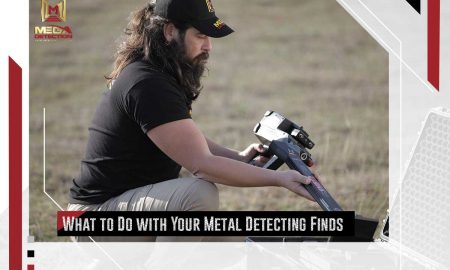
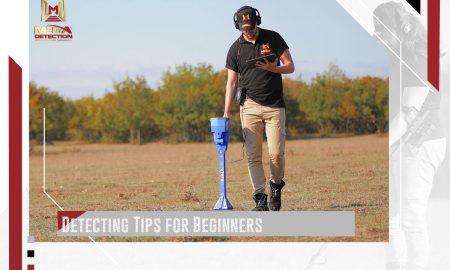


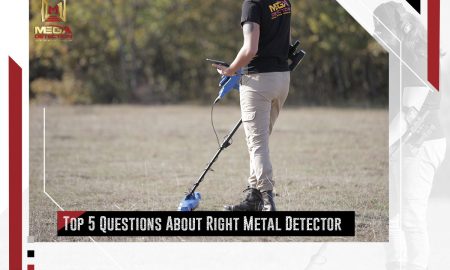
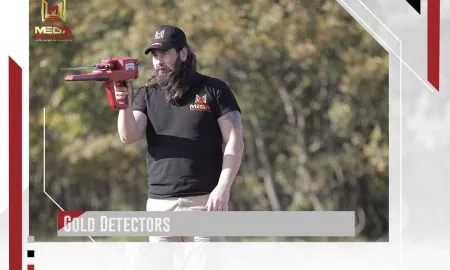
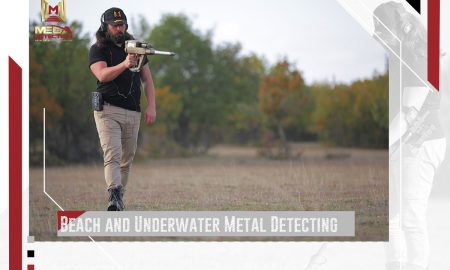
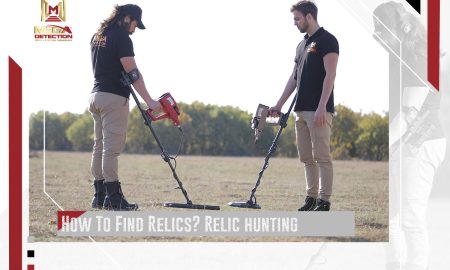
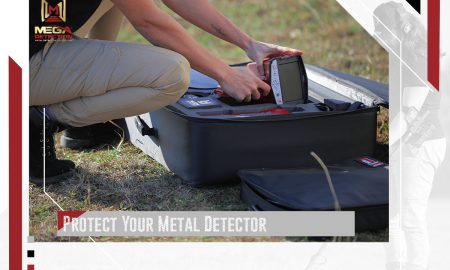
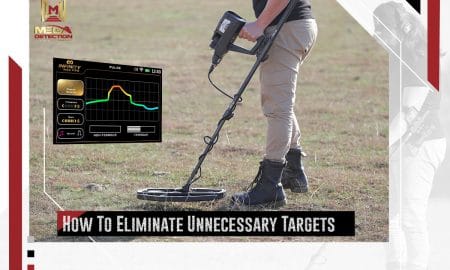
Leave a Reply